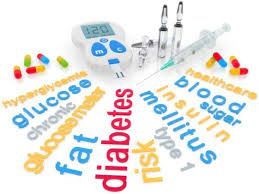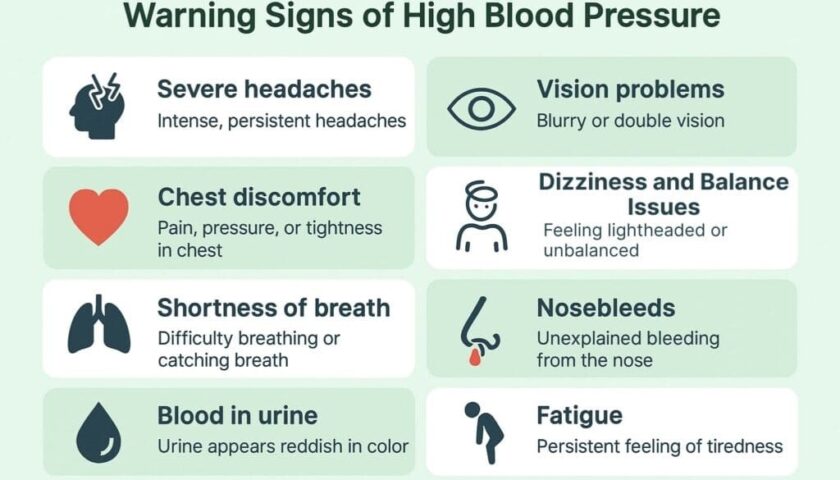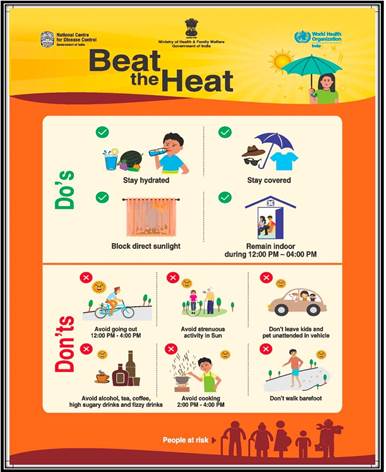Lifestyle disease, as diabetes is called, refers to disorders owing to the way people live, eat and interact with their environment. Diabetes is one of the various lifestyle disorders which have gripped the youth of today tightly.
 Diabetes in numbers
Diabetes in numbers
In India alone there are around 77 million people with prediabetes and 64 million people with diabetes which makes India the Diabetes capital of the world next to China. This is expected to go up to a whopping 87 million – 8.4% of the country’s adult population – by 2030. Yet, the common beliefs on this exude a sense of unfamiliarity with the disease that is killer in nature.
Throw diabetes out of your home and your kitchen
Not easily detectable, most lifestyle diseases like diabetes are insidious in nature. They gradually develop over years and can cause serious complications even when in the pre diabetic/borderline stage. The good news is that just a lifestyle change can go a long way in reversing pre-diabetes and controlling diabetes.
The most prominent symptoms of diabetes are increased thirst, hunger, frequent urination and blurred vision but the fact remains that the most common symptom of diabetes is that there is no symptom and it is often detected when people go for their annual medical checkups, pre surgery fitness test or when taking an insurance policy. Type 2 diabetes was hitherto common after the age of 40 years. However, in recent times individuals aged 25-40 years have been presenting with clinical features of Type 2 diabetes.
The main causes of Type-2 diabetes are sedentary lifestyle, unhealthy eating practices, stress, alcohol, smoking, anxieties, and genetics. Irregular visits to the doctor lead to further complications; hence it is extremely important to get an annual medical check-up done by your family physician. Due to fear of hospitals/ doctors/ medicines and the high cost factor involved, people visit their doctors only once in a while. In most cases this is done when the condition of the patient has already worsened and little can be done to reverse it. The following are a few guidelines that can change your life for the better and help you live a normal life, with or without diabetes.
It is important that blood sugars are monitored on a regular basis and medication and diet is altered accordingly. It is extremely important to maintain the level of blood sugars in the diabetes safe zone (80-120mg/dl) consistently if diabetes needs to be controlled. Also, get your diabetes ABCs checked regularly: A1C* (blood glucose), Blood pressure, and cholesterol.
One must also monitor their eating habits and eat ‘right’, without which it is impossible to curb diabetes. Avoid being dependent on packaged food such as, chips, burgers, pizzas, jams, pastas, etc. Eat a hearty breakfast, moderate lunch and light dinner. Control portion sizes, eat slowly and stop when you are satisfied, not stuffed full. It is not what you eat but how much you eat that matters. Using smaller plates and bowls helps you limit your serving size and eat moderately.
Include 2 servings of fruits and 3-4 servings of vegetables every day. Get fibre friendly by choosing wholegrain foods instead of refined foods, whole fruits with peel instead of fruit juices. Nevertheless, remember that even healthy foods can cause problems if you eat too much of them. Sugar free foods could be loaded with fat and fat free foods with sugar, so choose diet foods only after reading food labels carefully. A diabetes educator/nutritionist can help you decide how much you should eat. Limit TV/Internet time. Switch off the TV during meals. Make slow changes and pick one habit you want to change every month. E.g. Instead of a dessert you can opt for a fruit. Don’t stock traditional Indian deep-fried snacks and sweets at home-e.g. chiwda, chaklis, chips, laddoos etc. Instead, stock the house with healthy food like fruits and nuts. Have set-meal times. This limits snacking and eating alone. Increase the protein intake by incorporating cottage cheese, lentils, nuts, milk in the meals. Add vegetables to parathas, soups, dosas, poha, upma and idlis to increase the fibre content.
Sedentary lifestyle featuring long working hours, lack of physical exercise and stressful job profile go a long way in ruining your health. So avoid it, and fit in a little fitness every day. Finish the day with a sound sleep of at least 6 hours every day. Recent research suggests that lack of sleep can cause diabetes. Moreover, keep a positive attitude! Meditation and yoga are a good way to reduce stress.
On a more serious note, reduce your body weight if overweight (BMI>23kg/m2). Body fat around the waist (central obesity) is a common culprit of diabetes. You are more predisposed to diabetes if your waistline is more than 35 inches if you are a man or 32 inches if you are a woman. Remember “Longer the belt, shorter the lifespan”.
The American Heart Association & the American Diabetes Association recommends at least 30 minutes of moderate intensity physical activity, five days a week. You could use a pedometer to monitor your activity (10000 steps equals calorie expenditure of 300 calories). Balance the number of calories you eat with those you use up each day. To lose weight gradually, you may need to reduce your intake by about 500 calories each day or increase your physical activity to 150 minutes each week.
If you choose to drink, do so in moderation, if you smoke, it is essential that you STOP!






